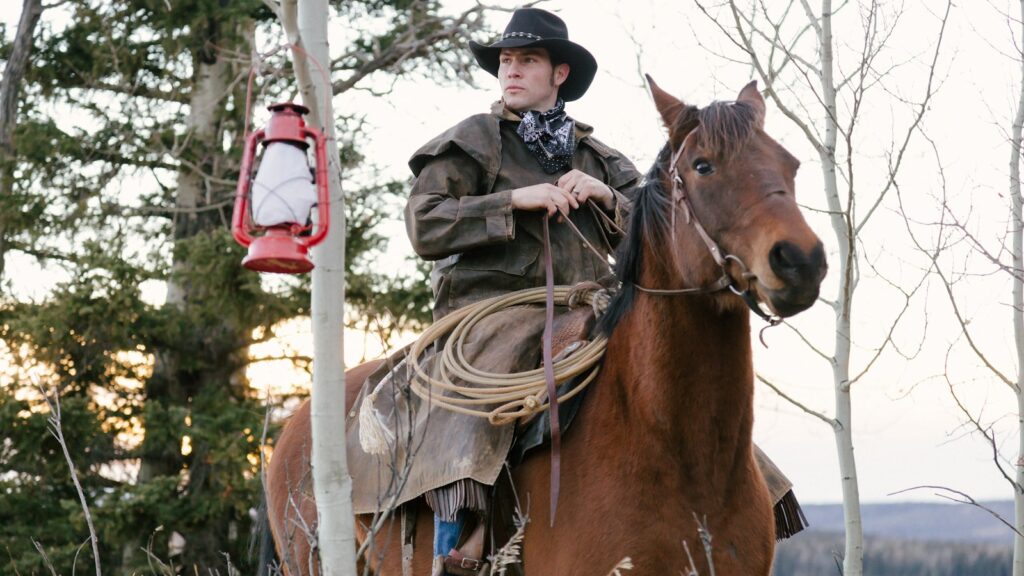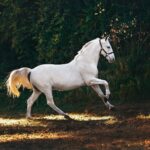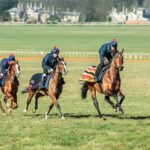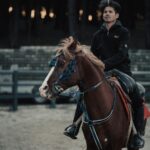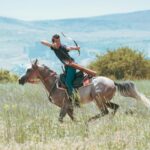When planning an equestrian getaway, most riders typically think of well-known breeds like Quarter Horses, Arabians, or Thoroughbreds. However, the world of horseback vacations offers a far richer tapestry of equine companions than many travelers realize. From remote mountain trails to exotic beaches, specialized breeds with fascinating histories and remarkable adaptations serve as the unsung heroes of equestrian tourism. These lesser-known breeds not only provide unique riding experiences but also connect travelers to ancient traditions, local cultures, and stunning landscapes that mainstream vacation packages rarely highlight. Whether you’re a seasoned equestrian or planning your first horse trek, understanding these remarkable breeds can transform your next adventure from ordinary to extraordinary.
The Marwari Horse: India’s Curved-Ear Marvel
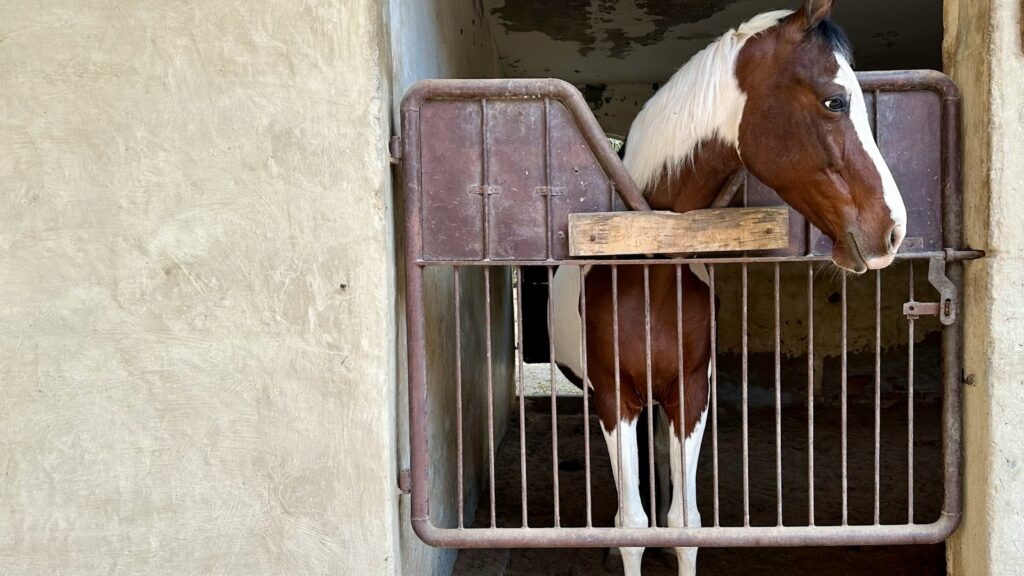
Among the most distinctive breeds you’ll encounter on specialty horseback vacations in India is the Marwari, instantly recognizable by its inward-curving ears that can rotate 180 degrees. These elegant horses descend from the war horses of India’s Marwar region and were bred for their loyalty, hardiness, and ability to thrive in the harsh desert conditions of Rajasthan. Riding a Marwari through the colorful landscapes of northern India offers travelers a connection to ancient cavalry traditions dating back to the 12th century. The breed nearly disappeared during British colonial rule, when crossbreeding was encouraged, but conservation efforts have brought these magnificent animals back from the brink of extinction to become ambassadors of Indian equestrian culture for international visitors.
Iceland’s Tölt-Trotting Wonders
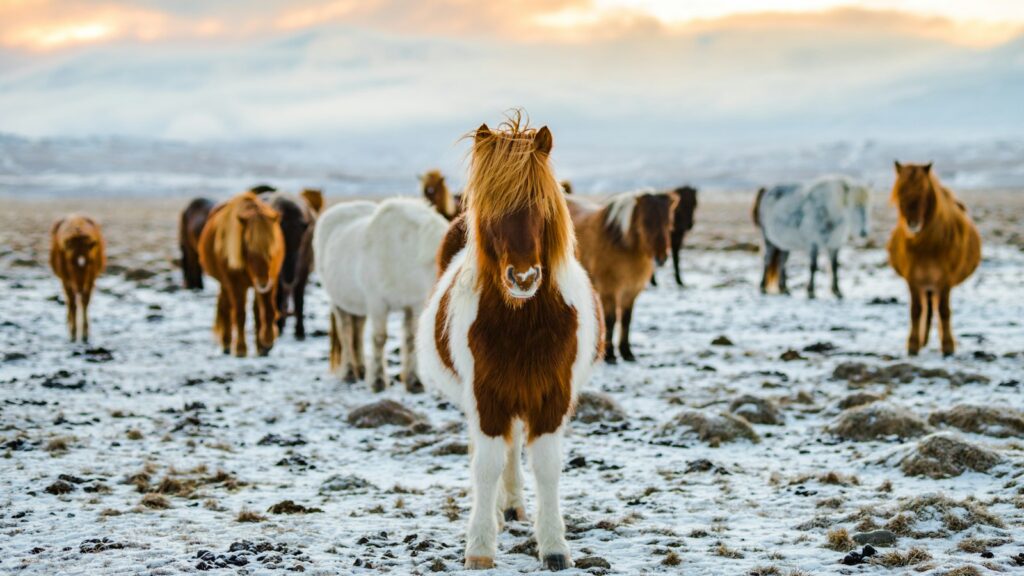
Iceland’s native horse breed offers vacationers a riding experience unlike any other, thanks to its unique fifth gait called the tölt—a smooth, four-beat lateral gait that feels like gliding across the volcanic landscape. These compact, sturdy horses have remained genetically isolated for over 1,000 years, as Iceland prohibits horse imports and never allows exported horses to return, maintaining one of the world’s purest bloodlines. Their thick winter coats and substantial manes make them perfectly adapted to Iceland’s harsh climate, allowing for year-round riding vacations including winter tours under the Northern Lights. Despite their small stature (technically pony-sized, though Icelanders consider this terminology offensive), these horses are remarkably strong, capable of carrying adults across rivers, lava fields, and mountainous terrain that would challenge much larger breeds.
Peruvian Paso: The Champagne Ride
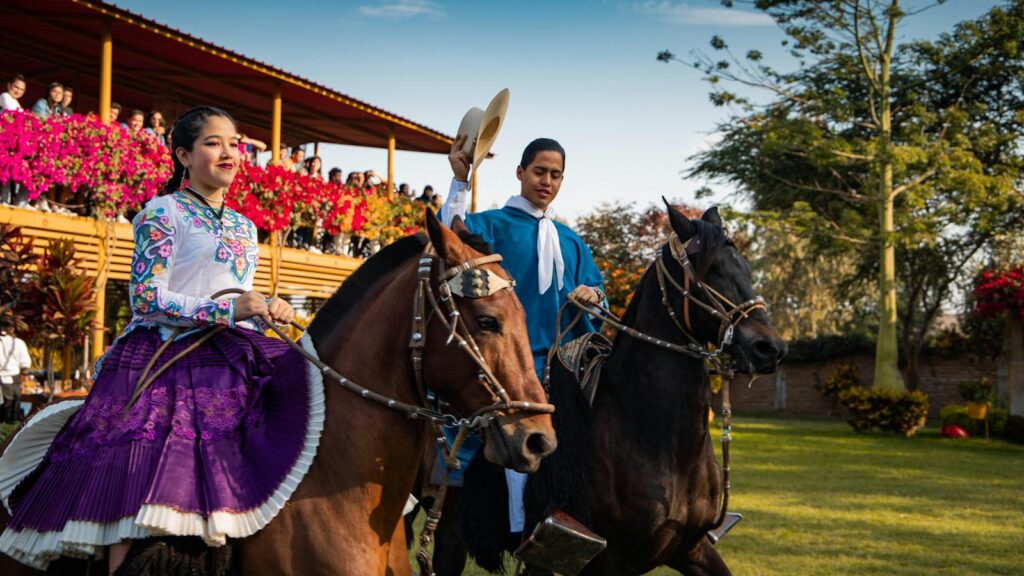
The Peruvian Paso offers what many consider the smoothest ride in the world, thanks to its natural four-beat lateral gait called the paso llano, which is so gentle that riders traditionally hold a champagne glass while riding without spilling a drop. These horses were developed over 400 years ago by Spanish colonists who needed comfortable mounts for traveling long distances across Peru’s diverse terrain. Unlike many gaited breeds, the Peruvian Paso performs its smooth gait naturally from birth without training or artificial aids, and maintains it even at fast speeds. Vacation experiences with these horses often combine cultural immersion with riding, as the breed is considered a Cultural Heritage of Peru and features prominently in traditional celebrations with riders wearing white ponchos and performing choreographed routines known as marinera.
Mongolia’s Takhi: Vacation With Living Prehistory
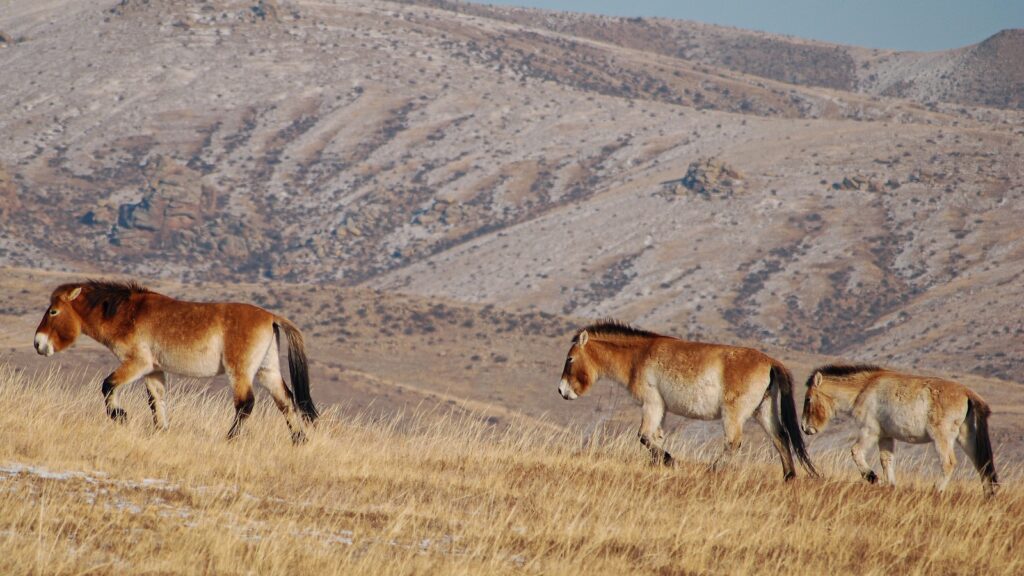
For travelers seeking the ultimate wilderness experience, Mongolia offers rides on the close relatives of the Przewalski’s horse (locally known as takhi), the only truly wild horse species never domesticated by humans. Though most tourist rides use domesticated Mongolian horses, some specialized conservation-focused tours allow visitors to ride domestic horses alongside herds of these prehistoric-looking takhi that were successfully reintroduced to the wild after nearly going extinct. The domestic Mongolian horses used for treks are remarkably tough, surviving temperatures ranging from -40°F in winter to 86°F in summer without shelter or supplemental feed. Riding these small but mighty horses on traditional wooden saddles provides an authentic glimpse into the nomadic lifestyle that has shaped Mongolian culture for thousands of years, with local wranglers demonstrating catching techniques using the uurga (long pole with a loop) that haven’t changed for centuries.
Spain’s Carthusian Horses: Royal Vacation Mounts
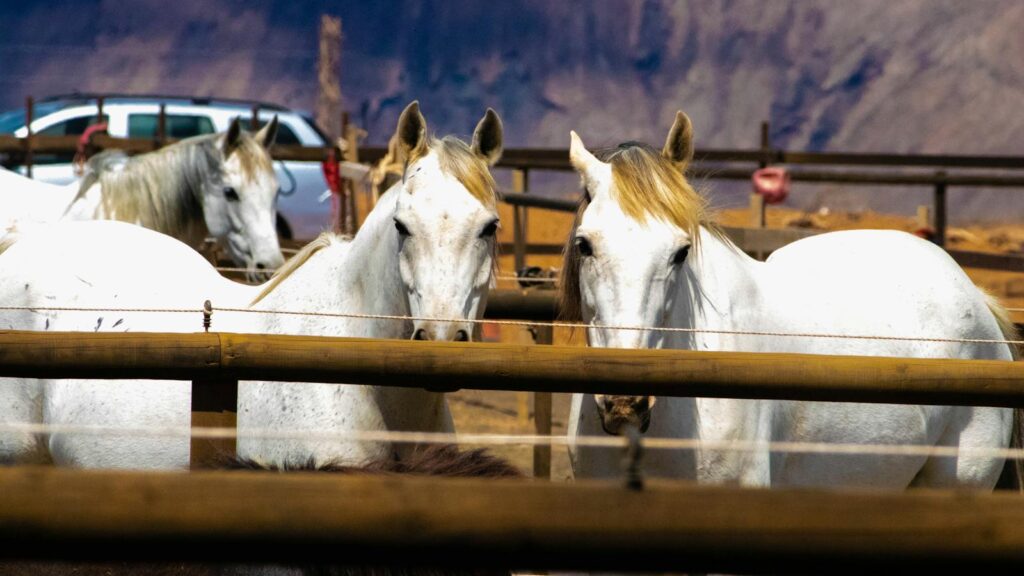
In southern Spain, specialized equestrian vacations offer the rare opportunity to ride pure Carthusian horses, considered the oldest and purest strain of the Andalusian breed, once reserved exclusively for nobility. These pearl-gray or white horses were preserved through centuries of careful breeding by Carthusian monks, who protected the bloodline during the Napoleonic Wars by hiding prized breeding stock. Their distinctive high knee action and naturally collected movement comes from generations of selection for classical dressage, making them particularly smooth and responsive even for novice riders exploring Andalusia’s olive groves and white villages. Vacation packages often include visits to the Royal Andalusian School of Equestrian Art in Jerez, where these horses perform movements that haven’t changed since the Renaissance, connecting riders to Europe’s classical riding traditions.
Morocco’s Barb Horse: Desert Marathon Champions
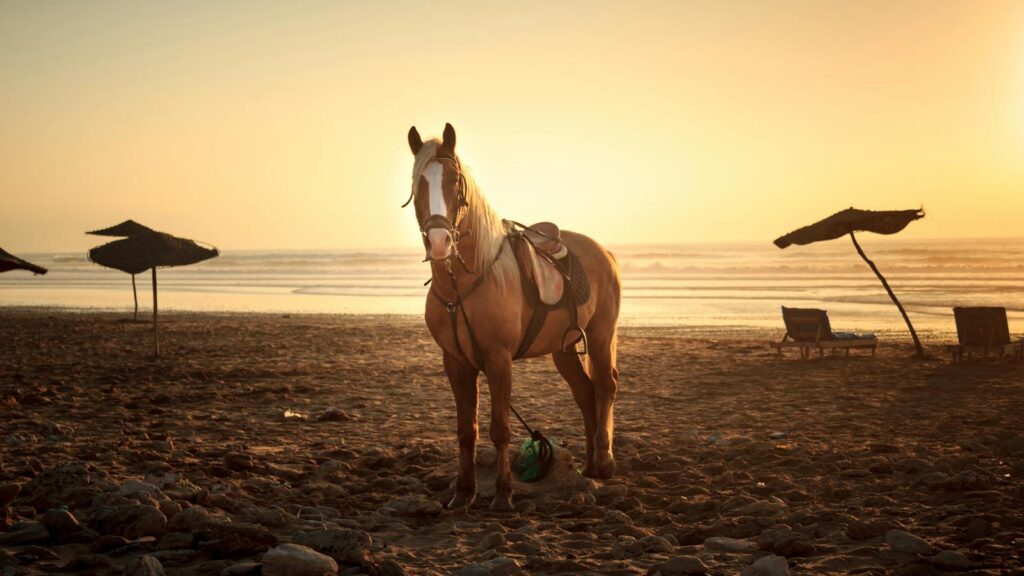
The Barb horse of North Africa offers adventure travelers a mount with incredible endurance capabilities, developed through centuries of desert life and valued by Napoleon for his cavalry. These compact horses with distinctive high-carried tails have influenced breeding programs worldwide, particularly in the development of the American Quarter Horse and the Argentinian Criollo. Specialized tours in Morocco allow visitors to ride these historic horses through the Atlas Mountains or along the Atlantic coast, following ancient trade routes that once connected sub-Saharan Africa to Mediterranean ports. The Barb’s remarkable adaptability to minimal water and feed, combined with natural sure-footedness on rocky terrain, makes these horses ideal companions for multi-day treks through Morocco’s diverse landscapes, from sand dunes to mountain passes.
Argentina’s Criollo: The Resilience Champions
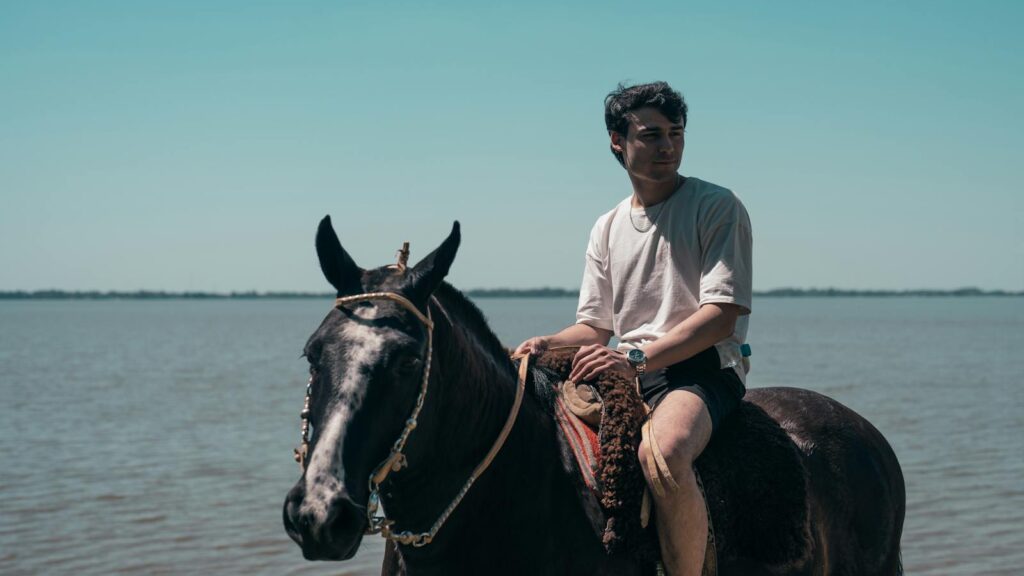
Vacationers exploring the vast estancias of Argentina often ride Criollo horses, a breed whose stamina became legendary after a famous pair, Mancha and Gato, completed a 21,500-mile journey from Buenos Aires to New York City over three years. These hardy horses evolved from stock brought by Spanish conquistadors and survived for centuries in the wild, creating a naturally selected breed known for intelligence, sure-footedness, and an unparalleled ability to work with minimal care. Their distinctive muscular build and often dun coloring with primitive markings hint at their ancient origins, while their willing temperament makes them ideal for visitors experiencing horseback riding for the first time. Estancia-based vacations typically involve cattle work alongside gauchos, allowing travelers to participate in authentic ranch activities while riding horses that can work all day in extreme weather without tiring.
New Zealand’s Kaimanawa: Wilderness Adventure Partners
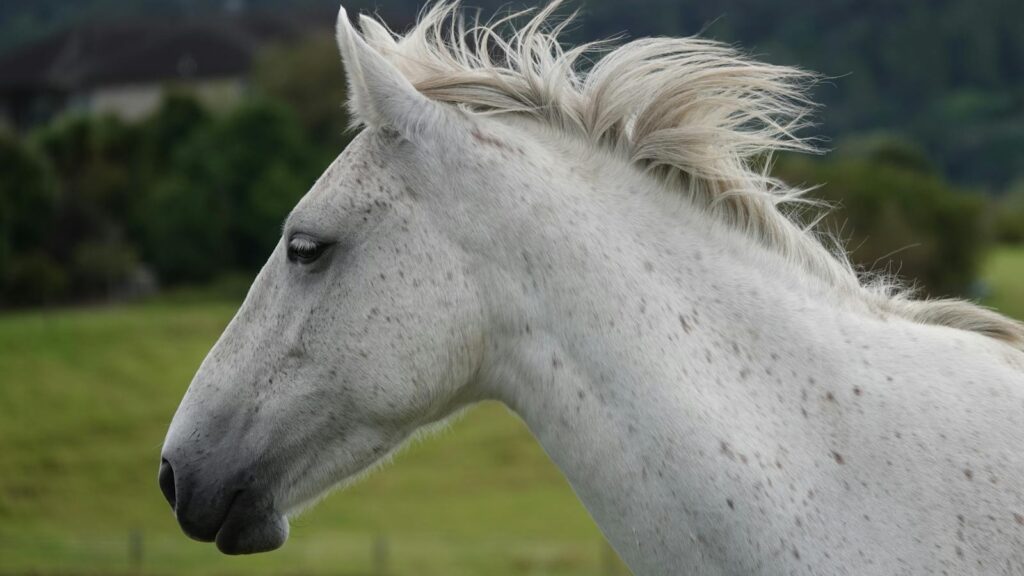
For those seeking breathtaking wilderness treks, New Zealand offers rides on domesticated Kaimanawa horses, whose wild cousins still roam the central North Island and are featured in specialized conservation-focused tours. These horses descended from military mounts released in the late 19th century and developed traits perfectly suited to navigating New Zealand’s challenging terrain, from dense forests to volcanic plateaus. Their exceptional sure-footedness and calm temperament make them ideal for multi-day treks through Lord of the Rings filming locations and remote backcountry areas unreachable by vehicle. Conservation-minded vacation packages often educate riders about ongoing efforts to manage the wild population sustainably, including periodic musters where selected horses are captured, domesticated, and trained for riding programs, creating a unique cycle that benefits both the ecosystem and equestrian tourism.
India’s Kathiawari: Desert Endurance Specialists
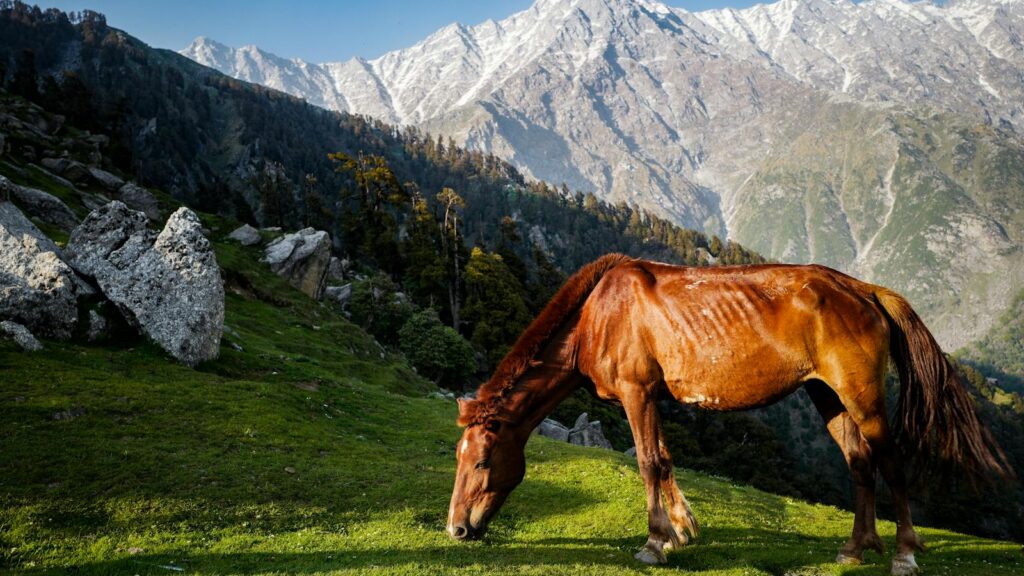
Specialty safari tours in Gujarat, India, offer rides on Kathiawari horses, close relatives of the Marwari recognized by their curved ears but with distinctively more refined features and often metallic golden coat colors. These horses evolved in the harsh Kathiawar Peninsula, developing remarkable heat tolerance and the ability to thrive on minimal water and forage while maintaining energy for long rides. Their naturally smooth gaits make them comfortable mounts for multiday safaris through India’s Little Rann of Kutch, where riders can observe wild asses, flamingos, and other desert wildlife. Cultural immersion is a key component of these specialized vacations, with itineraries including visits to local villages where the Kathiawari horse remains integral to traditional ceremonies and is celebrated through intricate decorative trappings and jewelry that riders might see demonstrated by master craftspeople.
Romania’s Hutul: Carpathian Mountain Experts
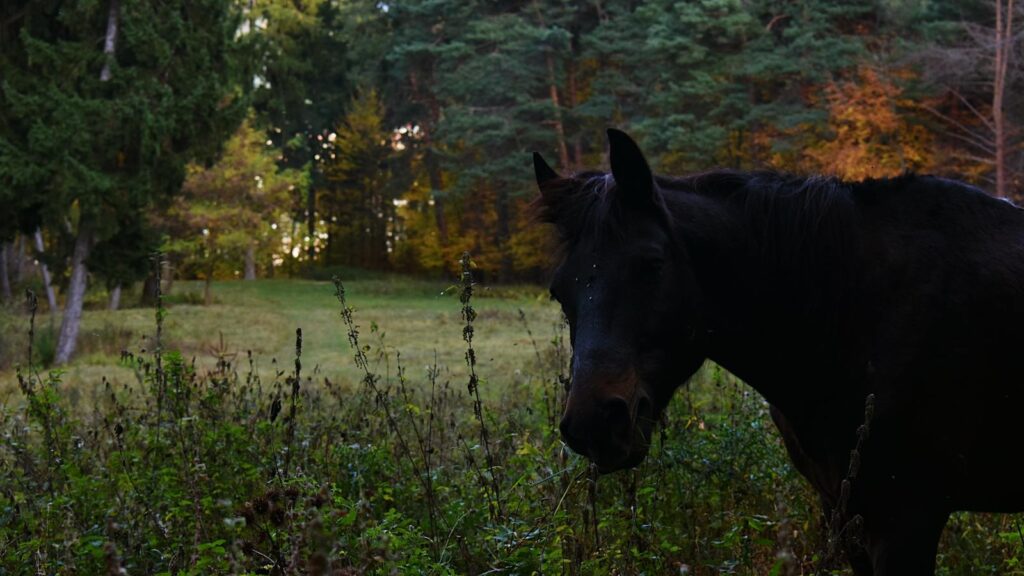
The ancient Hutul horse offers adventurous travelers a sturdy, sure-footed mount for exploring Romania’s remote Carpathian Mountains on specialized eco-tourism treks. These small but powerful horses have survived in isolated mountain communities for centuries, developing exceptional agility for navigating dense forests and steep terrain that would challenge most breeds. Their thick manes and tails, often dun coloring with primitive markings, and calm demeanor make them both photogenic and reliable partners for riders of all experience levels. Vacation packages typically include overnight stays in traditional mountain villages, where these horses are still used for logging, farming, and transportation in areas where motorized vehicles cannot reach, providing an authentic glimpse into European rural life that has remained largely unchanged for generations.
Colombia’s Paso Fino: Vacation with Natural Four-Wheel Drive
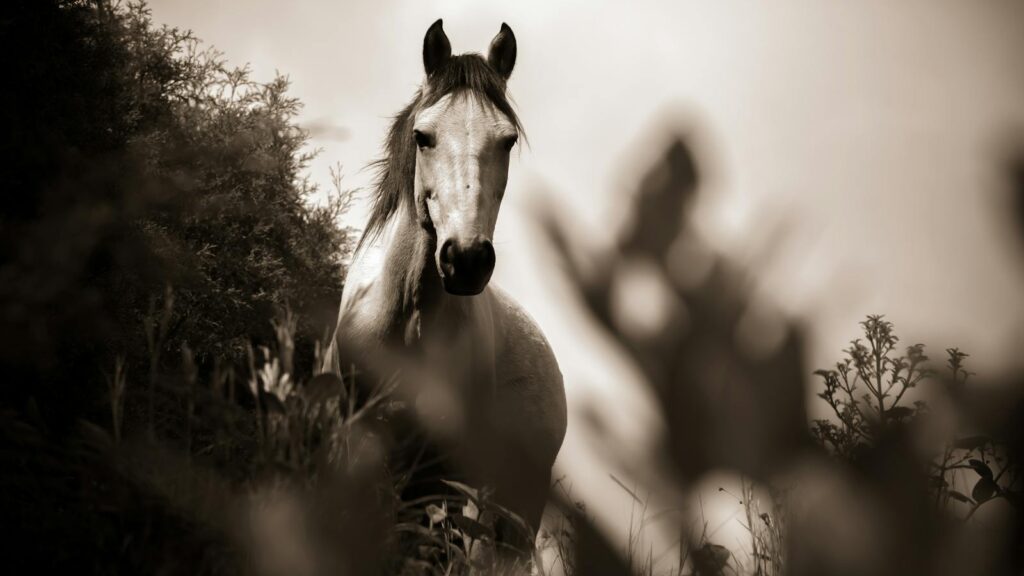
Colombia’s coffee region offers specialized riding tours on Paso Fino horses, whose incredibly smooth fino gait allows travelers to comfortably navigate the region’s steep, mountainous terrain while barely disturbing the cup of coffee in their hand. These horses possess natural “four-wheel drive” capability, with each foot striking the ground independently in a rapid, even rhythm that minimizes vertical movement and allows riders to experience Colombia’s lush landscapes without the fatigue typically associated with horseback travel. Their extraordinary balance and agility developed from centuries of traversing the Andes Mountains, creating a breed that can safely navigate narrow trails with sheer drop-offs while maintaining the rider’s comfort. Vacation packages often combine coffee plantation tours with riding experiences, letting travelers appreciate the historical partnership between these horses and Colombia’s coffee culture, where Paso Finos traditionally transported precious beans from remote mountain farms to processing facilities.
Botswana’s Okavango Delta Horse Safaris
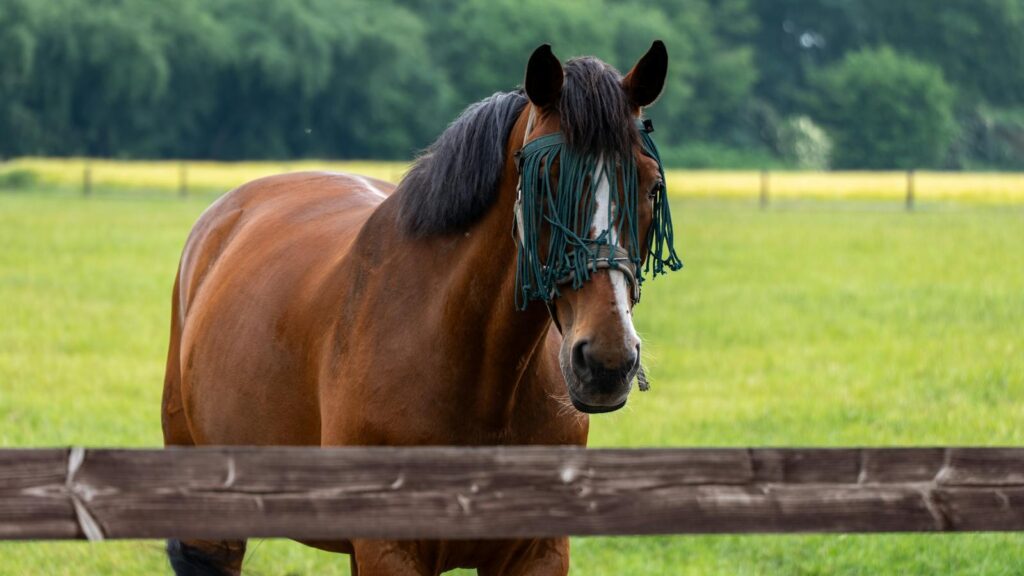
Perhaps the most unexpected specialized riding vacation occurs in Botswana’s Okavango Delta, where carefully selected crossbred horses with Boerperd, Appaloosa, and Thoroughbred bloodlines offer wildlife safaris unlike any other experience. These horses undergo extensive training to remain calm around predators while maintaining the stamina needed for long rides through varied terrain from shallow water channels to open savanna. Riders often find themselves cantering alongside giraffes, zebras, and antelopes in one of Africa’s most pristine wilderness areas, experiencing wildlife interactions impossible from a vehicle. The horses live in the delta year-round, developing an intuitive understanding of the environment that enhances safety for both horses and riders, with lead mares often alerting groups to nearby predators before guides notice them. These specialized safari horses represent the ultimate adaptive crossbreed, combining the hardiness of African bloodlines with the size and speed of European breeds to create the ideal mount for wildlife viewing in challenging conditions.
Costa Rica’s Costarricense de Paso: Tropical Trail Masters
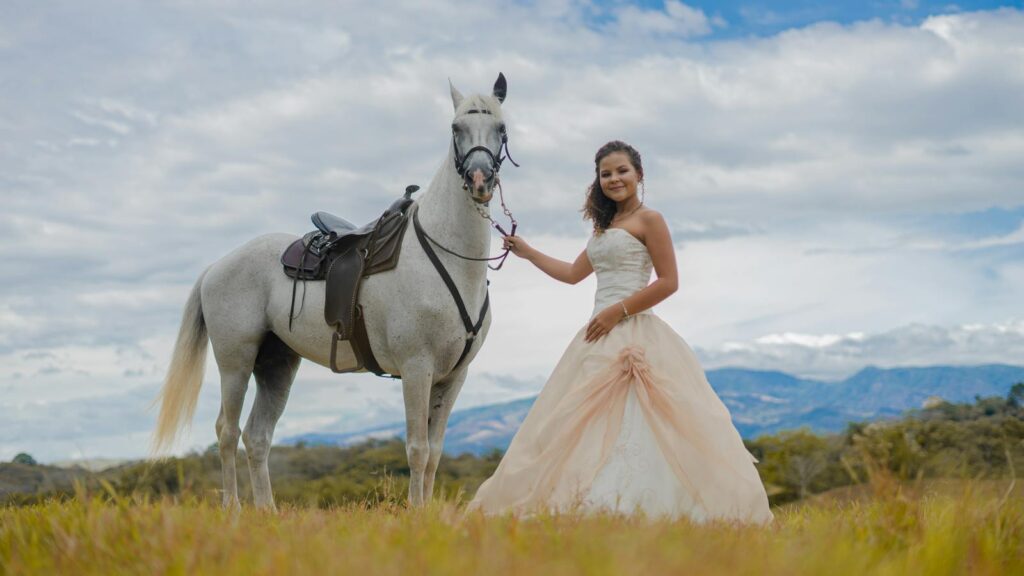
Costa Rica’s lush rainforests and volcanic landscapes are best explored on the back of a Costarricense de Paso, a naturally gaited breed developed specifically for comfortable travel through the country’s diverse terrain and humid climate. These horses perform a smooth lateral gait called the paso corto that minimizes rider fatigue even during long days exploring remote waterfalls, beaches, and cloud forests inaccessible to vehicles. Their calm temperament makes them suitable for riders of all experience levels, while their intuitive trail sense helps them navigate obstacles from mud pits to river crossings with minimal guidance. Eco-tourism focused vacation packages often combine riding these specialized horses with wildlife observation, as their quiet movement and familiar presence in the ecosystem allows riders to approach monkeys, sloths, and tropical birds without disturbing their natural behavior, offering wildlife photography opportunities impossible with conventional tours.
conclusion
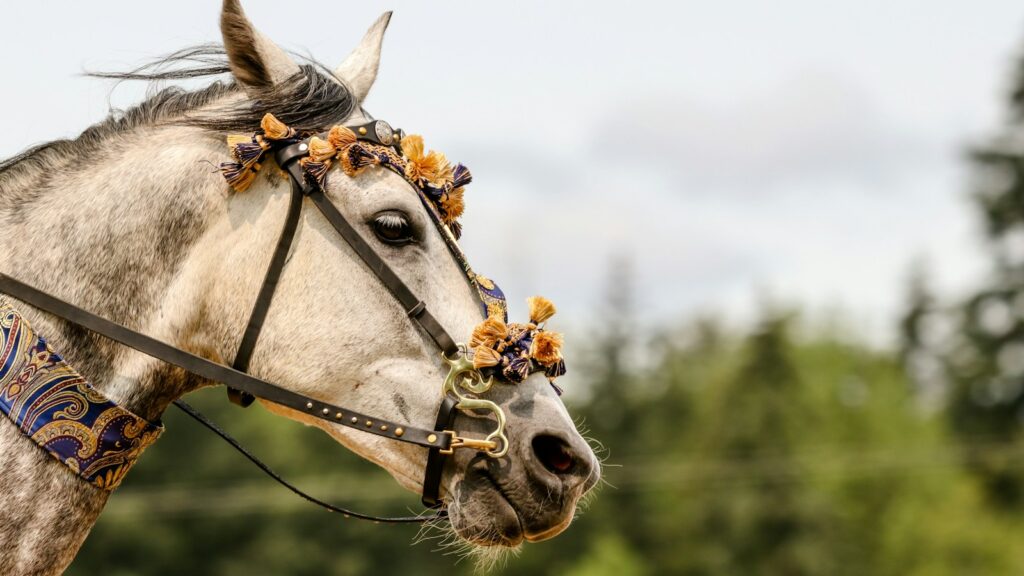
The world of equestrian tourism extends far beyond conventional trail rides on familiar breeds. These specialized horses not only provide unique riding experiences but also serve as cultural ambassadors, connecting travelers to regional traditions, historical practices, and environmental conservation efforts. Whether it’s experiencing the impossibly smooth gait of a Peruvian Paso, witnessing the remarkable endurance of Mongolia’s steppe horses, or observing wildlife from the back of an Okavango Delta safari horse, these breeds offer gateways to authentic experiences inaccessible through conventional tourism. As interest in experiential travel continues to grow, these remarkable equine partners ensure that horseback vacations remain one of the most intimate ways to explore remote landscapes and traditional cultures. For your next adventure, consider stepping outside the familiar and discovering the world astride one of these extraordinary breeds—your vacation will be transformed from a simple getaway into a meaningful journey through living history.

